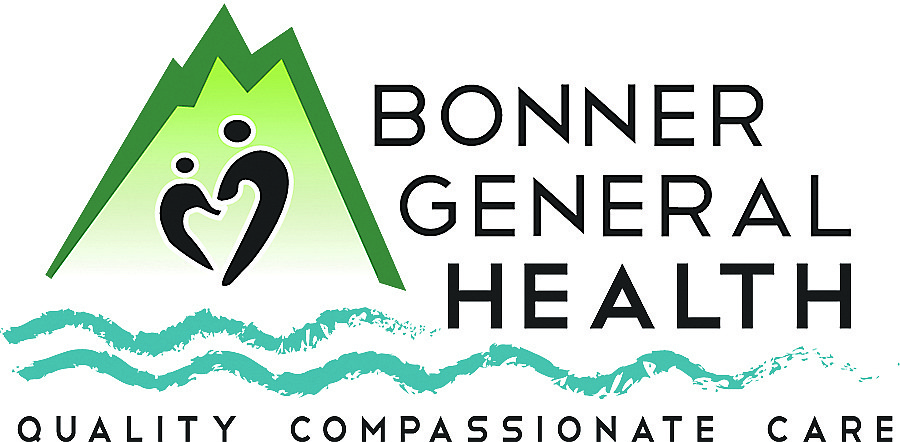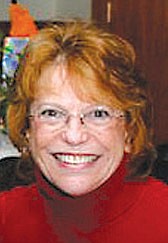BGH bionic exoskeleton benefits more than a dozen patients
When we think about exoskeletons, we think about a hard covering that supports and protects the bodies of some animals, particularly insects. Today we’re going to learn about a bionic exoskeleton that aids in the rehabilitation of people who have suffered strokes, multiple sclerosis, Parkinson’s disease, brain and spinal cord injuries, and others who may have lower limb disabilities.
You may have heard about this device. It was brought to the attention of Bonner General Health Foundation by one of BGH’s occupational therapists, Beth Wise, and her husband, Chris Owens, who was paralyzed from the chest down by a logging accident over a dozen years ago.
To improve Owens’ mobility, he and Wise would drive four-and-a-half hours to Wenatchee, Wash., — the closest location of the device — have a thirty-minute treatment and then drive back. Their dream was to bring an exoskeleton here.
The dream came true. The Foundation took up the fundraising with the Find Your Strength annual race and when they got close to raising the needed funds, a grant for the remainder was obtained from the Eagles. Shortly thereafter the Ekso Skeleton 3.0, the first one in Idaho, was delivered to BGH.
So, what is it? The manufacturer of the device is Ekso Bionics. Their website explains that a bionic exoskeleton is a wearable device that works with the user to improve strength. It uses a combination of robotics and biomechatronics (a portmanteau of biology, electronic and mechanical engineering) to enable body independence.
“Exoskeletons simulate natural gait during rehabilitation which initiates powerful brain signals that thanks to brain plasticity, can help patients recover their ability to walk. Exoskeletons also simulate natural gait by using drives in the hip and knee joints which move the wearer’s legs. Exoskeletons can be used by the patient independently or with the help of a therapist. They contain a predesigned program that helps therapists control the level of speed and power based on the patient’s needs.”
I was lucky to attend a recent Rotary meeting where members of the Foundation and BGH physical therapist, Elizabeth Neuder, PT, MS, made a presentation about this revolutionary device.
Neuder said that four BGH physical therapists are currently trained to use the Ekso, and that they currently are treating around a dozen patients, most of whom are stroke victims — the number one cause of disability in the U.S.
“I love helping people walk,” she said. “The idea of having a piece of equipment like this blows my mind. We had a patient who couldn’t walk on their own, now able to take 199 steps. The record is 2,000 in one setting!”
She explained that once the Ekso is strapped on, the therapist controls all the fully programmable functions such as height and width of stride. The PT can monitor how well it’s working, plus how well it should be working. The patient is monitored until they can do it on their own.
I reached out to Beth Wise to get her feedback. She said, “The Ekso Skeleton allows therapists to move people earlier, safer and for longer. Even with the most skilled therapists, the quality of movement and gait is far superior with these devices, which translates to better outcomes for patients.”
She said that the best part for them personally, is not having to endure the long drive. “Now it’s in our backyard, and Chris can walk in it every week. Since October, both of his hips and his trunk muscles have gotten stronger. This means he can now do things more easily, such as woodworking, car maintenance, getting in and out of his truck, sweeping, etc. His quality of life has improved and will continue to improve the more he gets to use this device. And now I’m watching my other patients benefit in similar ways from this technology being close to home.”
And close to home means that it’s available to patients in eastern Washington, western Montana and southern British Columbia.
“This treatment is covered by insurance. It is certified for MS and stroke and is hugely beneficial in these patient populations. This treatment is not painful. Chris and I are huge proponents of Ekso Skeleton rehabilitation,” Wise said.
You can read more about Chris Owens’ story at bonnergeneralhealth.org/find-your-strength.
Kathy Hubbard is a member of Bonner General Health Foundation Advisory Council. She can be reached at kathyleehubbard@yahoo.com. Ideas for articles? Email me.



